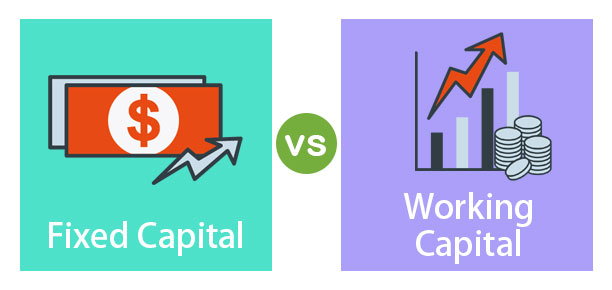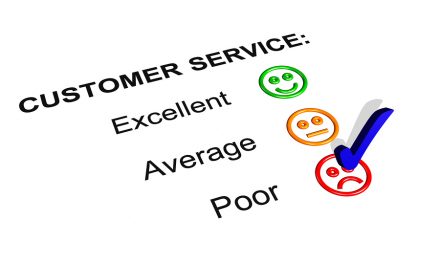Business concepts and terms are thrown around so easily and I must admit I’m guilty of doing this too. I’ve thrown around the term working capital so freely and have not done justice to readers by giving a good clear explanation as to what it is, how it differs from (just) capital and how this affects your business. So let’s look at this distinction and clear up what working Capital is and compare and contrast with capital.
Capital
Capital in loose terms refers to the amount invested in an enterprise. This is the financial outlay towards the business. This refers to the funding of the business long term such as premises, machinery, equipment and vehicles. In days gone by it was called fixed capital as it tended to fund what is known as fixed assets, long term assets which the business is expected to benefit from having for longer than a year. This capital is a prerequisite to operations or at least operating at the envisioned scale.
Working Capital
Working capital is financing for the day to day running of your business. Let’s use the simplified example of an egg retailer. You must buy eggs and then resell them. Simple enough. But working capital gets a little complex when we introduce credit on both sides of the business. Nit really our focus today. What we should know is how important the understanding of working capital is. Your fixed capital is tied up in your fixed assets and you can’t exactly sell the company vehicle to finance a big order you just received for eggs. So you will need either money that is sitting and waiting for such circumstances or if you’re in Zimbabwe or any other part of the real-world access to credit or order finance.
Why The Difference Is Important
When I speak to people who have business ideas the understanding of working capital very quickly establishes how deeply someone has planned in their business. If you have no mention of working capital in your plan that is a red flag. Understanding working capital goes beyond acknowledging its existence. As your business grows you will need more of it. This is not universal for every single business. Granted some do not need to do this but for many, it is the case. That being the case knowing and showing this in your plan is important
Another concept that is important to understand with working capital is that it grows. Understanding this is key to understanding and managing your business through growth. There is a problem sometimes referred to as succeeding yourself out of business. Let’s use our egg retailer and some hypothetical figures. If you buy eggs at say $1 per crate and your transport cost to deliver the eggs are $1 per crate and let’s just say you are fortunate enough to sell at $2 per crate. You start with 1 crate which sells out. So far so good. You invested $2 and got $3 back. But in the process of selling the 1 crate, many customers were interested and seemed very promising. You order 2 crates this time, (for $2). Life is looking good, you’re set to make $4 this time. But you forgot one thing in this calculation. The additional cost of transport to deliver to the extra customers for that extra crate. So armed with $3 and expecting to make $4 you suddenly don’t have enough transport money. The transport will likely cost you less than $1 per crate as before if we assume that the route is shared and say you only need an extra 20 cents to make the delivery. It doesn’t matter because its 20 cents you don’t have. I hope this example is simple enough to understand but also real enough to relate to.
So working capital is affected by growth. Working capital is also affected by payment terms. If your suppliers demand cash payment but you extend credit terms to your customers that gap is covered by working capital. These are the things that sink new entrants. To entice customers you will likely need to offer favourable terms and payment is low hanging fruit for this. But if you offer credit there is the hidden cost of working capital. Let’s look at our eggs again. Say you sell me a crate on credit and I say I will pay the $2 in 2 weeks. Let’s also assume you sell on average a crate a day in general or at least you can. Had I paid you in cash you would be able to finance a sale the following day and if each day of the two weeks was a cash sale the opportunity cost of giving me credit is $14 ($1 per day for 14 days. You can see that’s a lot.
Working Capital Management
Supplier credit of course helps the situation as suppliers are lending to you so you do not need to put money upfront. If you sell for cash or offer credit terms that are shorter than your suppliers that is (almost) free money. Remember in our egg example the problem with working capital growth reared its ugly head in transport and not in eggs themself. This is the situation for many who will find themself scrapping to finance the support services in an order.
Perhaps this distinction between capital and working capital has been the stumbling block in your business or past businesses. I once went through this in a small fast food business as we did not consider the cost of cooking oil for chip fryer. Understanding this will help you to spot these problems and work them out of your business.








